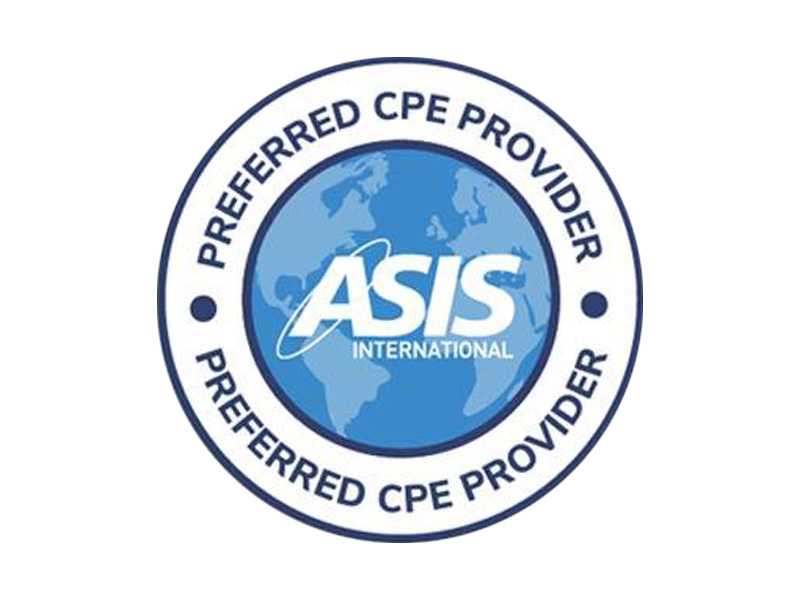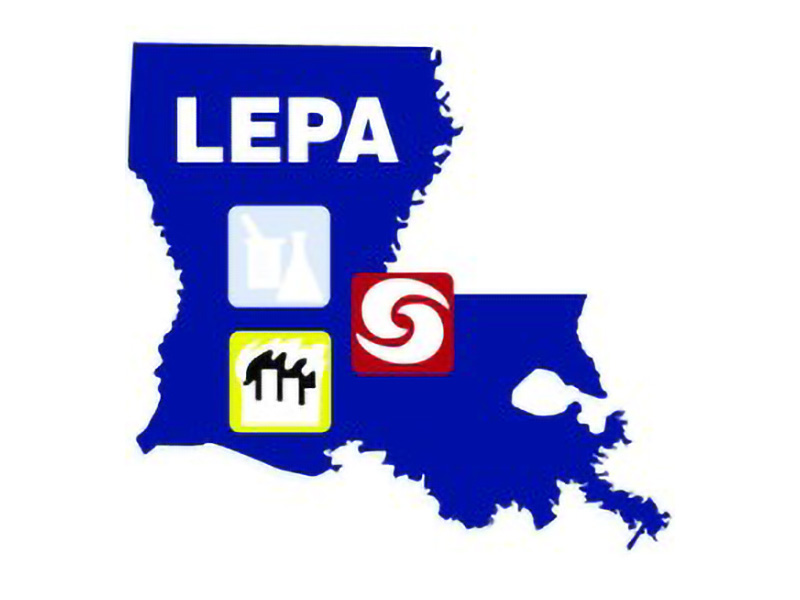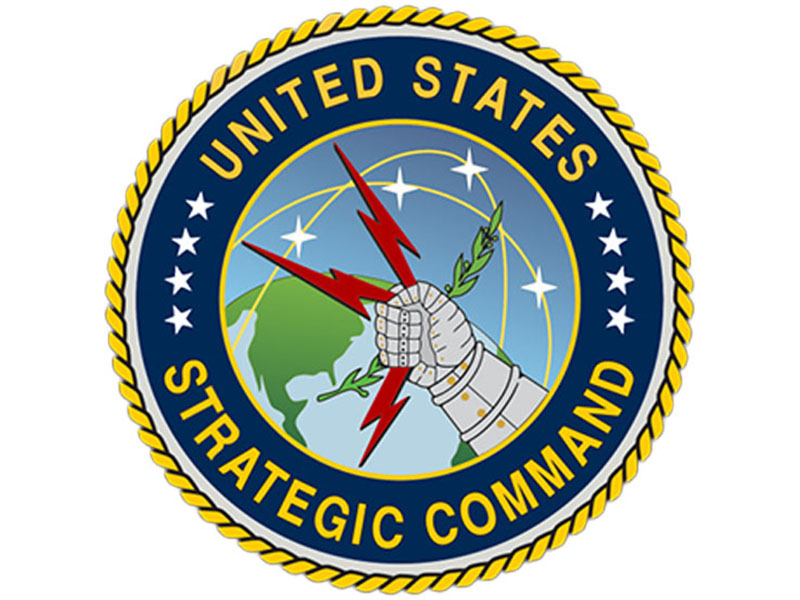Emergency & Security Studies
Request Information
By submitting this form, you agree to receive information about the Tulane School of Professional Advancement’s programs via email, phone and/or text. You may opt out at any time.
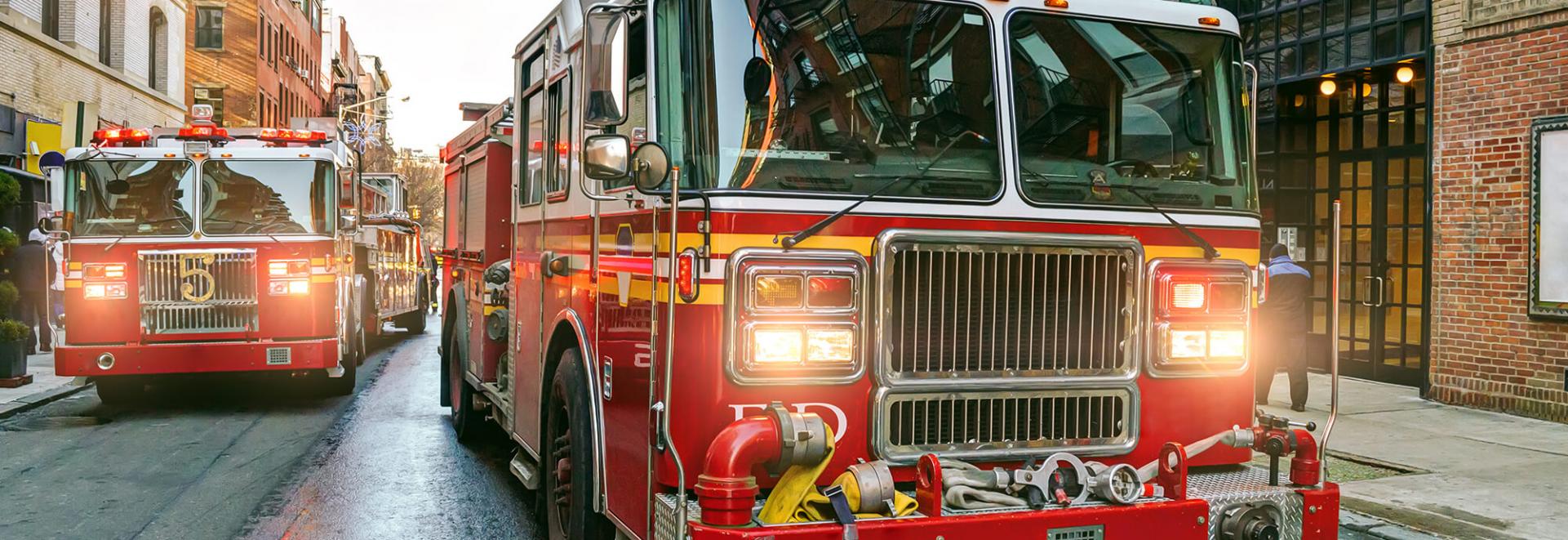
Emergency & Security Studies
The Emergency and Security Studies Program at The Tulane School of Professional Advancement equips students with crucial knowledge and skills essential for navigating the intricate realm of emergency and security management. The program offers a comprehensive understanding of crisis response, disaster management, risk assessment, and strategic planning. Covering topics like incident command systems, crisis communication, and homeland security, the curriculum prepares students to address real-world challenges.
Graduates are well-prepared for diverse career paths within government agencies, law enforcement, private security firms, or non-profit organizations specializing in disaster relief. This degree not only sharpens technical skills but also fosters critical thinking and leadership capabilities, ensuring graduates can adapt to the dynamic landscape of emergency and security challenges, contributing significantly to public safety on local, national, and global levels.

Affordable
Tuition

No Test
Scores

Rolling
Admission

Multiple
Start Dates

Expert
Faculty
Degrees & Certificates
Online Master's Degrees
- Develop the strategic and analytical skills to plan for and prevent emergencies within complex organizations such as corporations, government agencies, and nonprofit organizations. Find degree-specific information here.
- 11 graduate courses. 5 core, 5 elective, 1 capstone
- Complete online in 18 months
- Prepare to work in the fields of emergency management, intelligence analysis, counterterrorism analysis, cyber security, border protection and security, and infrastructure protection at all levels of government and in the private sector. Find degree-specific information here.
- 11 graduate courses. 6 core, 4 electives, 1 capstone
- Complete online in 18 months
Online and On-Campus Bachelor's Degrees
- Learn about homeland security and border protections, emergency management, counterterrorism, cybersecurity, and critical infrastructure protection. Find degree-specific information here.
- 120 credits (40 courses), with 11 courses in the Homeland Security major
- Transfer up to 60 credits, including up to 24 credits for work or life experience.
- Complete on-campus, online, or in combination in 2- 4 years
- Students enrolled in any Tulane undergraduate program may count two graduate courses (two 6000- or 7000-level courses) completed during their senior year towards both their undergraduate and master’s degrees.
- After the first two courses, all courses taken toward the graduate degree are billed at a 20% tuition discount for two years after the student is admitted.
- Learn more about the Accelerated Master’s Degree Program here.
Online Graduate Certificates
- Learn assessment, planning, and communication protocols tailored toward the elevated study of crisis management procedures. Find certificate-specific information here.
- Graduate certificates in Emergency Management and Advanced Emergency Management may be applied towards a master’s degree.
- 4 graduate courses.
- Complete online in 9 months
- Learn assessment, planning, and communication protocols tailored toward the elevated study of crisis management procedures. Find certificate-specific information here.
- Graduate certificates in Emergency Management and Advanced Emergency Management may be applied towards a master’s degree.
- 4 graduate courses.
- Complete online in 9 months
- Explore the relationship between intelligence and national security, the use of intelligence in policy making and implementation, and privacy rights. Find certificate-specific information here.
- Graduate certificates may be applied towards a master’s degree.
- 4 graduate courses.
- Complete online in 9 months
- Learn the practical applications of open-source intelligence, including information collections and techniques, information analysis, ethics, and information operation. Find certificate-specific information here.
- Graduate certificates may be applied towards a master’s degree.
- 4 graduate courses.
- Complete online in 9 months
- Develop the practical skills necessary to help defend corporations and businesses from criminal acts, terrorism, and disasters. Find certificate-specific information here.
- Graduate certificate in Security Management may be applied towards a master’s degree.
- 4 graduate courses.
- Complete online in 9 months
- Covers the fundamentals of emergency management, physical security, and major threats faced by sporting and event venues. Find certificate-specific information here.
- Graduate certificates may be applied towards a master’s degree.
- 4 graduate courses.
- Complete online in 9 months
Visit our Frequently Asked Questions page to learn more about our programs and degrees.

SoPA Student Spotlight
“SoPA gave me much more than a textbook education. It gave me the ability to approach my professional life with a broader outlook and a more capable network.”
Chris Cox
Tulane SoPA class of 2018
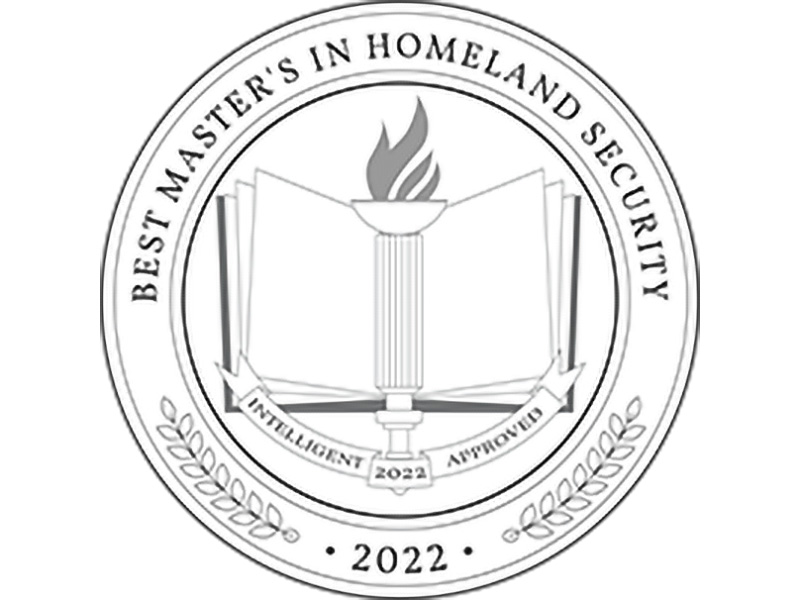

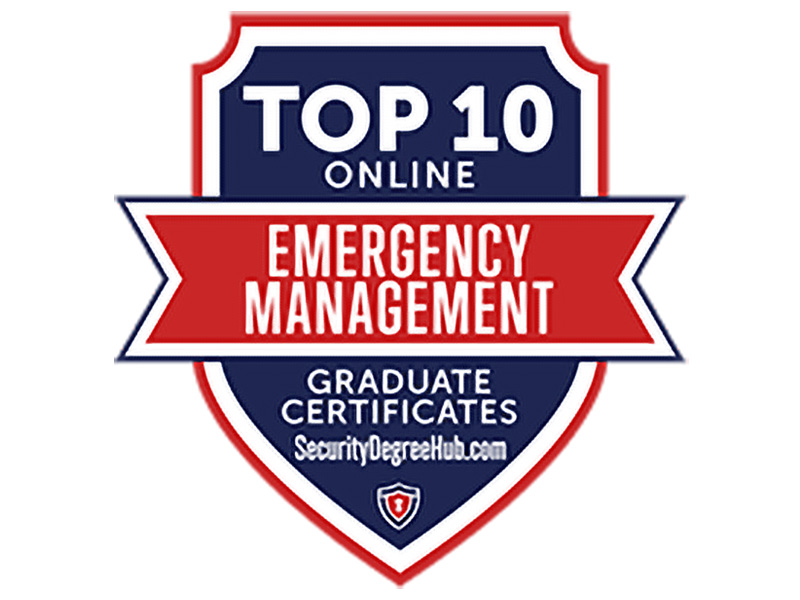
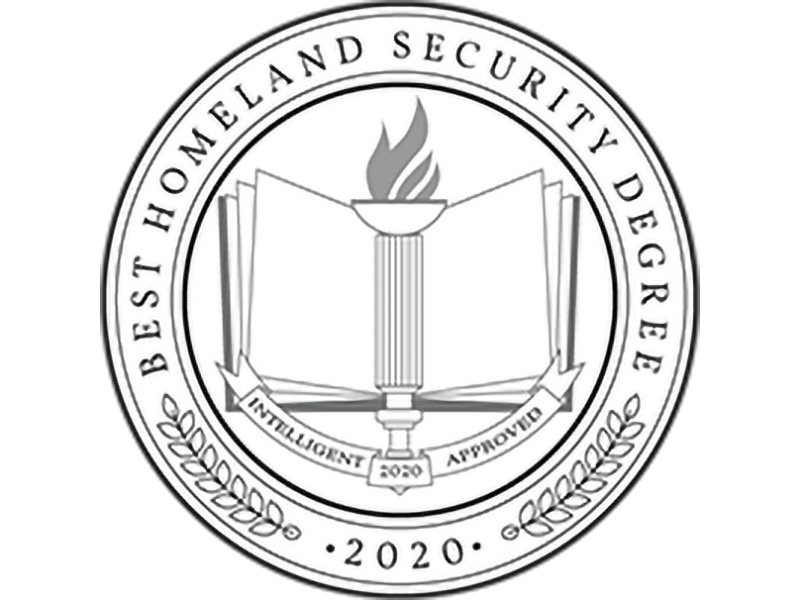
Faculty Who Practice What They Teach
By day, our professors are leaders in the fields of intelligence, security, and emergency response. They bring their daily experience to the classroom to ensure you are learning real-world professional skills to further your career. Industry leaders serving on program advisory boards ensure faculty teach relevant curriculum connected to the real-world.

Meet the Director
“Our practicioner faculty is focused on one thing—preparing the next generation of homeland security and emergency management professionals.”
Michael Wallace, Ed.D.
Emergency & Security Studies Program Director
Retired military intelligence officer with 20 years of active service
Where Our Graduates Work
Tulane SoPA Emergency and Security Studies graduates are flexing their skills through leadership roles at some of the country’s most innovative agencies including FEMA, CIA, U.S. Department of Homeland Security, the City of New Orleans and the LSU Office of Emergency Preparedness.

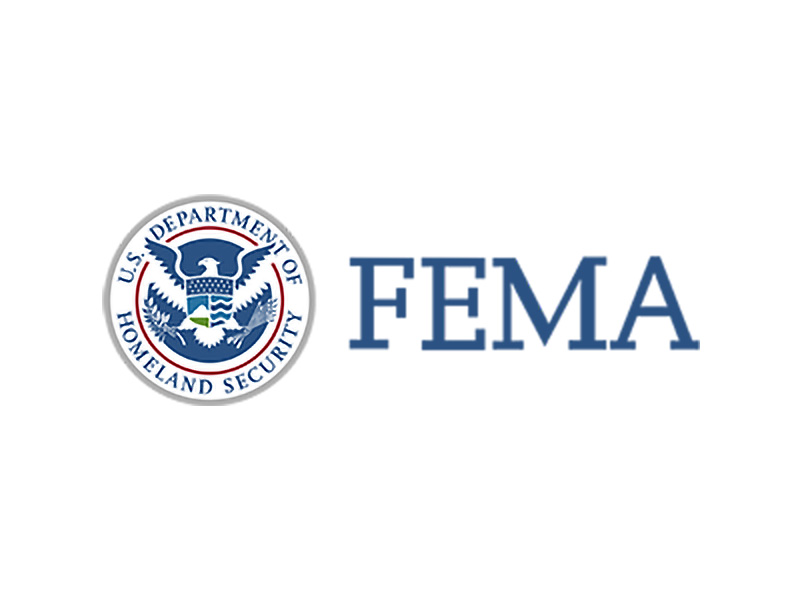


Engaging & Flexible Student Experience, On-Campus & Online
Partnerships that translate into industry certifications, credit for experience, & career advancement opportunities.
Never watch a boring PowerPoint. We’ve developed the most interactive courses around.
Our courses are constantly refreshed and informed by what leaders in emergency & security fields expect from graduates.
Navigate degree requirements and prepare for the workforce with help from our academic advisors and career counselor.
Partnering for Student Opportunities
Our program partners with ASIS, International Association of Law Enforcement Intelligence Analysts (IALEIA), Louisiana Emergency Preparedness Association (LEPA), Marine Corps College of Distance Education, National Guard Bureau Homeland Security Institute, and U.S. Strategic Command (STRATCOM). View all industry partnerships here.
Meet the Advisory Board
The Emergency & Security Studies curriculum is guided by experienced faculty and a knowledgeable advisory board that helps ensure the most up-to-date and relevant skillsets are being taught to our students.
Featured Members
- Rear Admiral, United States Navy (Ret.)
- Former Senior Security Manager, Walt Disney World Parks and Resorts, Training & Development
- Director, Future Frontlines Program, New America
- State Director, University Center for Excellence in Developmental Disabilities, American Samoa Community College

SoPA graduate student Aubry Tedford has created a video to raise awareness about human sex trafficking and hopes to someday help eradicate this form of modern-day slavery. The video and a PowerPoint presentation will be used as part of the curriculum she will help teach in a class.
Facts at a Glance
Tulane SoPA accepts students on a rolling basis, year-round. Start dates every August, January, and May. We never require test scores or recommendations. Visit our Admissions Process page to learn more.
All tuition is charged by the credit hour and we have minimal fees. Visit our tuition page to see our current tuition rates and use our net price calculator.
We strive to make a Tulane SoPA education affordable for all students. Learn about financial aid, discounts and scholarship opportunities here.
Earn credit for your work experience through a portfolio assessment. Undergraduates can earn up to 24 portfolio credits. Graduate students can earn up to 6 portfolio credits.
SoPA offers career advising to all enrolled students.
Admissions Deadline Dates
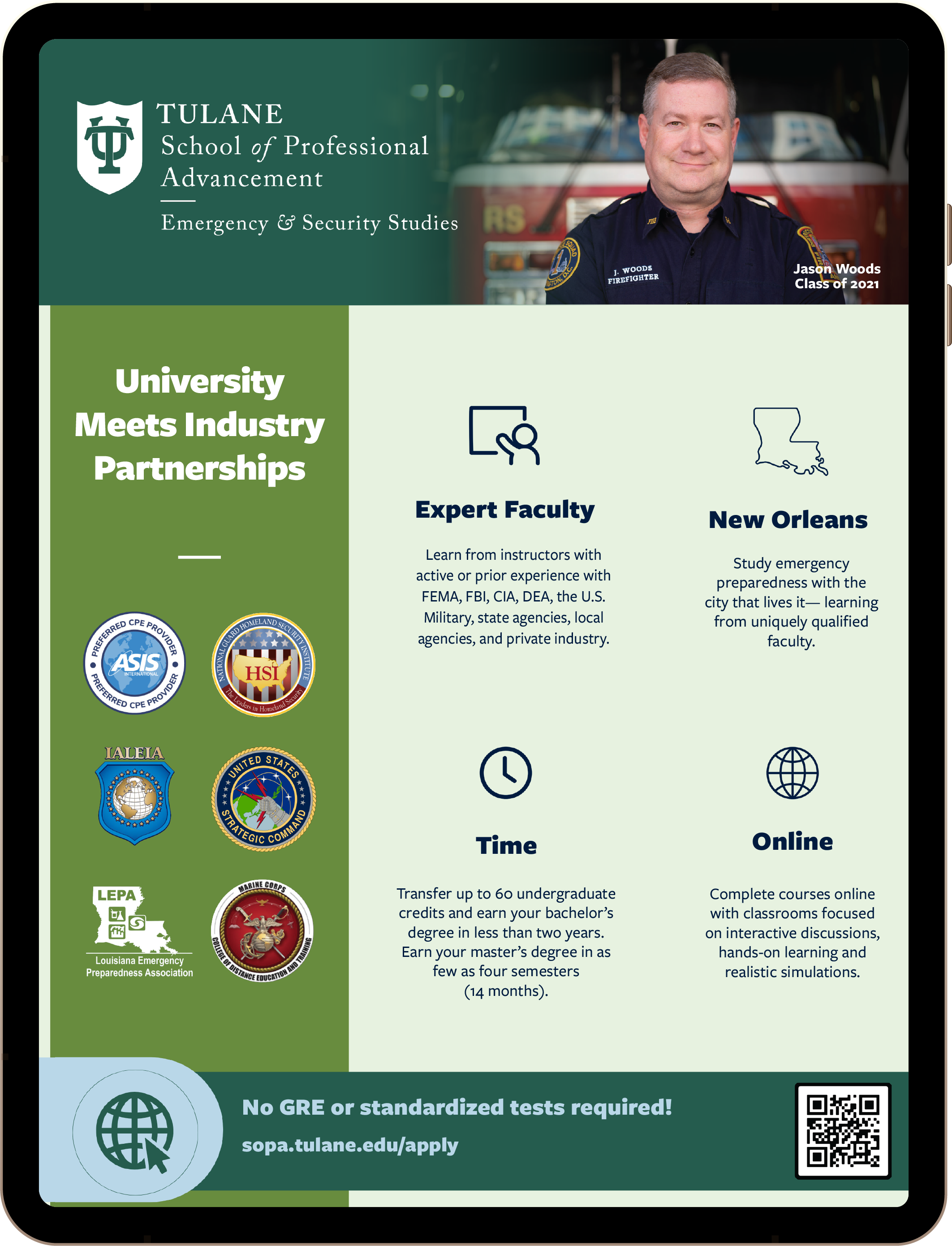
Enter your email to download our Emergency and Security Studies e-brochure.
By submitting this form, you agree to receive information about the Tulane School of Professional Advancement’s programs via email, phone and/or text. You may opt out at any time.




